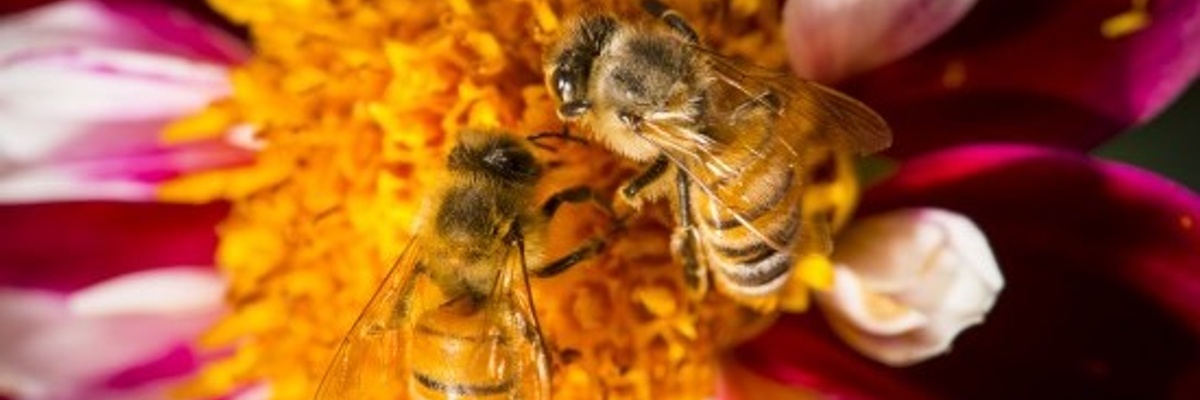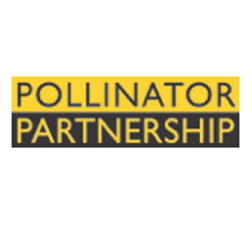

Transform any outdoor space into a thriving pollinator habitat using region-specific plant guides, supporting local bees, butterflies, and other essential pollinators while strengthening food security and biodiversity in your community.
The Pollinator Partnership's ecoregional planting guides cover specific areas across the United States and Canada, with over tens of thousands of people and organisations having successfully used these resources to create thousands of acres of native pollinator habitat. These guides were developed with funding from the National Fish and Wildlife Foundation, the C.S. Fund, and other major conservation organisations.
The recommended starting size is less than a quarter-acre, making projects manageable whilst still providing meaningful impact. Research shows that even small pollinator habitats can significantly boost local pollinator populations when strategically placed and properly maintained.
Successful habitats require a balance of 80% native plants to 20% introduced species, with considerations for year-round blooming cycles, water sources, and shelter areas. The initiative includes guidance on site evaluation (https://www.pollinator.org/pollinator.org/assets/generalFiles/Maintaining_Roadsides_for_Pollinators.pdf), plant selection, and sustainable maintenance practices including bi-seasonal mowing schedules and invasive species monitoring.
Additional resources include specialised bee identification guides (https://pollinator.org/shop/books), hummingbird guides (https://pollinator.org/learning-center/hummingbirds#guides), and tools for checking plant nativity (https://plants.sc.egov.usda.gov/). The project supports broader conservation efforts through the North American Pollinator Protection Campaign and National Pollinator Week initiatives.
Taking action to provide a pollinator friendly habitat in your community helps support healthy and sustainable agricultural economies, food supplies and landscapes. Plus, it's lots of fun!

Links